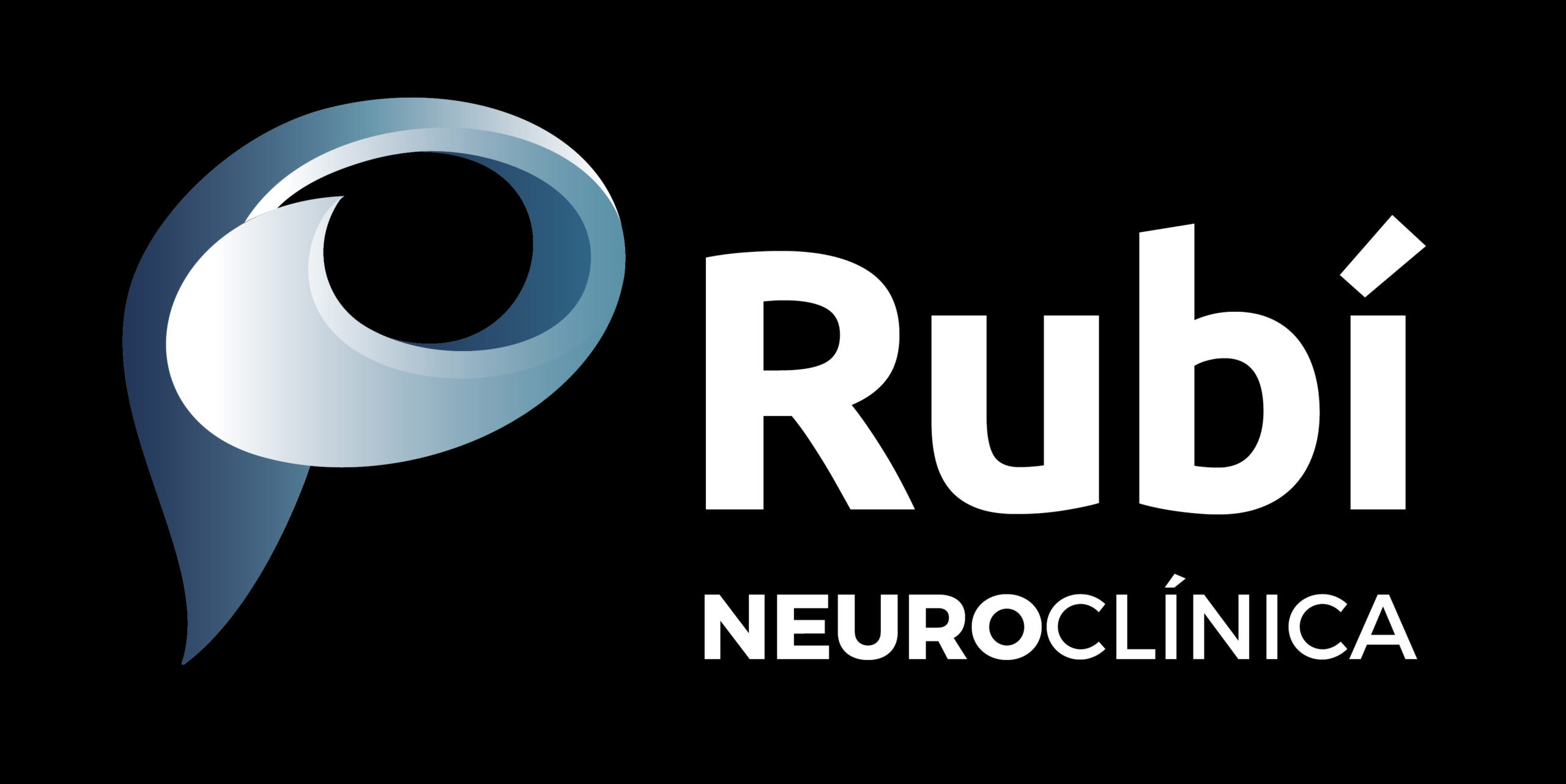Investment companies can automatize their back office processes and streamline their communication with investors making use of technology tools and solutions made specifically for venture capital. They can also improve their portfolios. With so many options out there it can be a challenge to choose the right software that meets the needs of a company.
In order to determine the most efficient technology stack, it’s important that VCs are clear about their objectives and goals for their implementation. This will help them match the tools they select with their overall business strategy. It also ensures that each component of the technology stack can communicate seamlessly.
A VC must select software that’s easy to use in order to increase user adoption and encourage collaboration. By investing in a user-friendly interface, they will cut down on time spent learning and enable teams to start running within a short period of time. It is also crucial to find a solution with many options for customization to meet individual needs and preferences.
VCs should also take into consideration the degree of customization and scalability provided by the tool they select. Flexible customization options allow firms to customize workflows and fields to meet their own investment strategies and operational requirements. Tools that combine external data sources and internal data can also be utilized to enrich the data by incorporating economic and market research indicators. This can result in more informed decisions based on data and increase the accuracy of reporting. Tools that integrate with other systems and eliminate the need for manual input may also improve efficiency.

